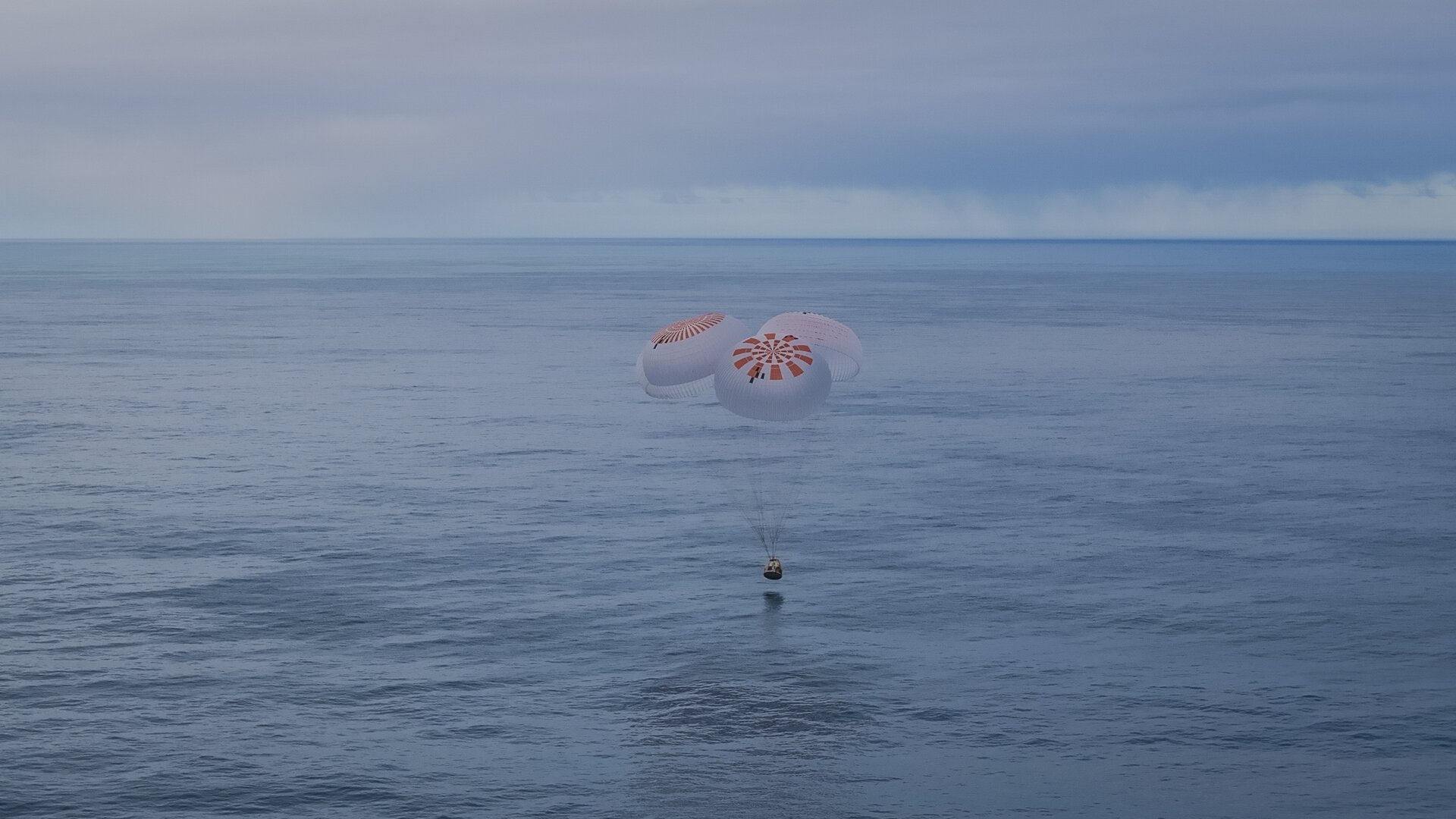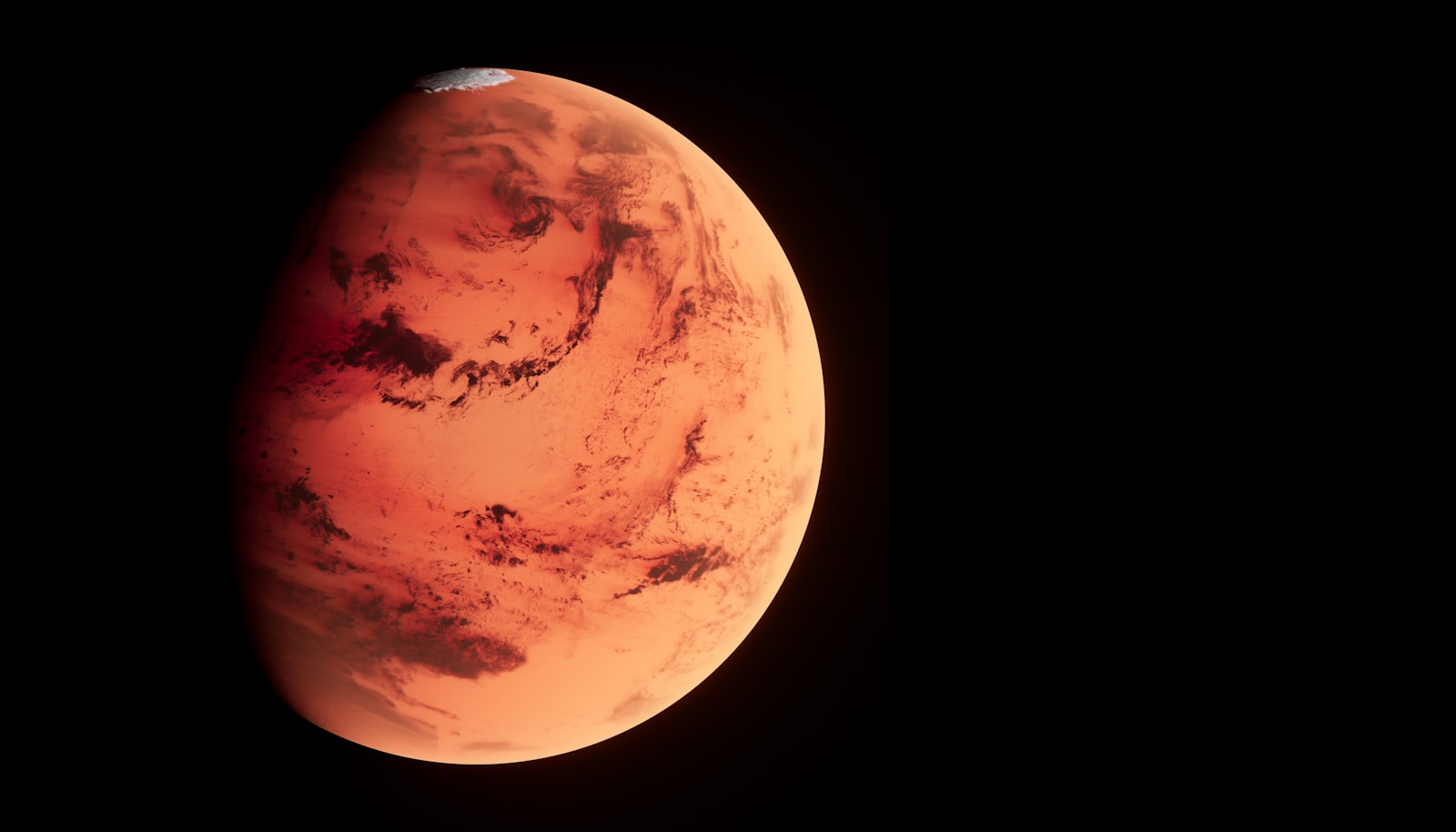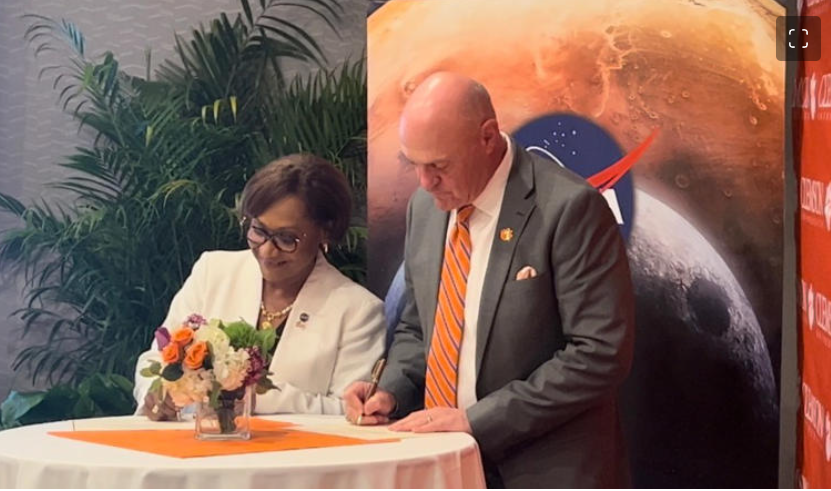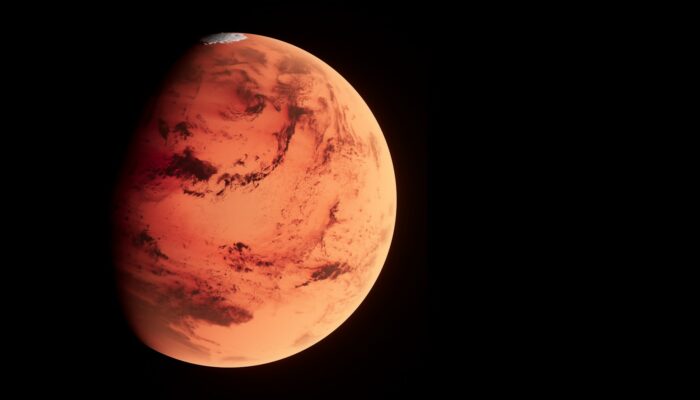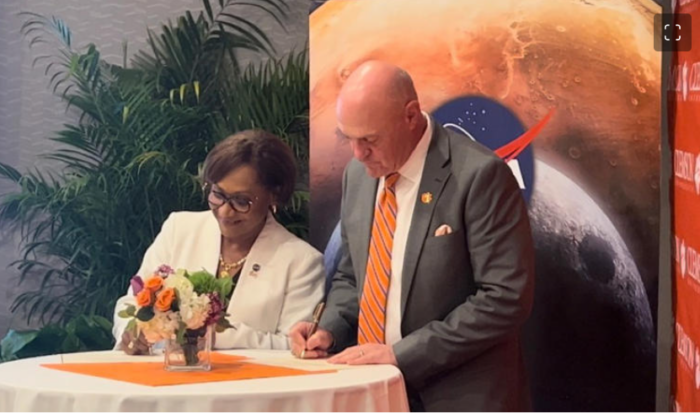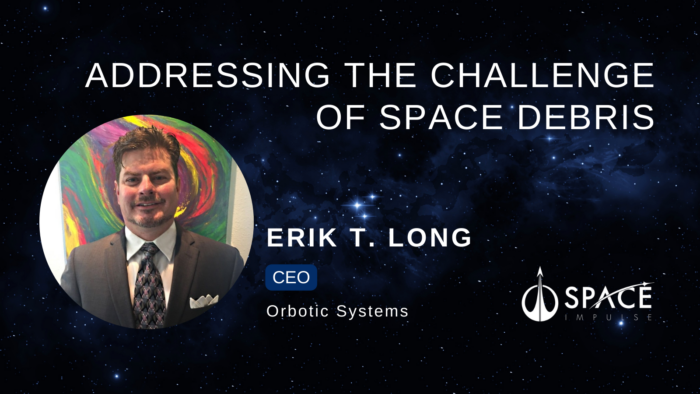Insider Brief:
- ESA astronaut Marcus Wandt has returned to Earth after a 20-day mission to the International Space Station (ISS).
- Upon reentry, the Dragon capsule deployed its parachutes for a water landing off the coast of Florida, USA, completing the return trip in approximately 47 hours.
- During his time aboard the ISS, Marcus supported nearly 20 European experiments
- Image credit: ESA
ESA project astronaut Marcus Wandt has safely returned to Earth after a productive 20-day mission to the International Space Station (ISS). The conclusion of the Muninn mission marks a significant milestone in European space exploration, showcasing collaboration, scientific achievement, and technological advancement.
Accompanied by the Axiom Mission 3 (Ax-3) crew, Marcus bid farewell to his fellow astronauts aboard the ISS before closing the hatch of the SpaceX Dragon capsule, as reported by the ESA. The spacecraft autonomously undocked from the ISS and completed approximately 288 orbits around Earth during its journey.
As a mission specialist, Marcus collaborated with international colleagues, including astronauts from Italy, Türkiye, Spain, and the United States. Together, they conducted a range of experiments and technology demonstrations aimed at advancing scientific knowledge and space exploration capabilities.
Upon reentry, the Dragon capsule deployed its parachutes for a water landing off the coast of Florida, USA, completing the return trip in approximately 47 hours. Marcus will now undergo monitoring by ESA’s space medicine team in Cologne, Germany, to readapt to Earth’s gravity.
During his time aboard the ISS, Marcus supported nearly 20 European experiments, contributing to various fields of research. His efforts included operating robots on Earth for the Surface Avatar experiment, investigating the effects of extreme environments on human well-being through the Orbital Architecture study, and exploring the impacts of microgravity on cellular structures and gene expression in the Memo BC experiment.
Additionally, Marcus engaged with global audiences by capturing photos from space and recording a virtual tour of the ISS, fostering inspiration and curiosity among younger generations.
ESA Director General Josef Aschbacher emphasized the mission’s role in diversifying access to space, accelerating scientific advancements, and preparing for future endeavours beyond the ISS.
As European nations continue to invest in space exploration, the legacy of the Muninn mission will shape the trajectory of human and robotic exploration while driving innovation and progress on Earth.
For more market insights, check out our latest space industry news here.
Share this article:
